We had some interesting conversations about shapes last week. I was still working on getting my math interviews done so I needed everyone to be independently busy while also learning. You might think that by the time someone is 7 or 8 years old they know what they need to know about shapes and using blocks, but it’s just not so. I think wooden blocks aren’t as popular as they once were, so kids don’t necessarily have them to use at home (where they have spent a lot of time in the last 2 year) and I also think it’s because when kids are playing for fun, they don’t have metacognitive conversations with themselves about what they are learning – they just have fun. After they had all rotated through the different types of blocks, I started asking questions and they didn’t have much to say. But after I asked questions, let them play again and then asked the questions again, there was a lot to be said – two chart paper pages full in fact!
One child pointed out that we can build castles and other stuff by stacking. At first everyone thought that spheres and pyramids can’t stack, but after some consideration they realized that pyramids can be on the top of a stack, just not the bottom and spheres can go on top of things, but they need other things to keep them in place, like a cube to lean on. Some students noticed tat some shapes were not represented in the box. They then figured out they could make the missing shapes: two squares make a rectangle, two triangles make a rhombus, etc.
We also talked about the difference between 2D and 3D shapes. We need do some more work here. This week we’ll be talking in casual conversation about how 3D shapes are made of 2D shapes. We’re also going to try to get back on track with the curriculum map I made for myself. I need to get some patterning done so we’ll continue to use the shapes and now start to use them as pattern blocks, along with the colour tiles and lots of other manipulatives from my classroom. We need some community building too, so we are going to make our own bracelets using pony beads and elastic string. I have a collection of beads that’s been hanging around far too long so I want to use them up. AND I need to get going on all the Number Talks that will help us review basic addition/subtraction strategies for numbers up to 20. I completely skipped the fun unplugged coding activities I wanted to do in September, so I will be doing those during our gym time. I’m excited about trying this out in the big space which we were not allowed to use last year.
Whew! I’m tired thinking about it. But also energized. My math interviews are complete and sitting on my desk waiting to be brought home, so I’ll sort through them this week (instead of today like I originally planned!) and find the trends and strengths/needs in number sense. I’m so glad they are done for many reasons, not the least of which is that I can be part of the explorations this week and can MAYBE start taking some anecdotal notes so I can make some informed decisions about what to write on progress reports.

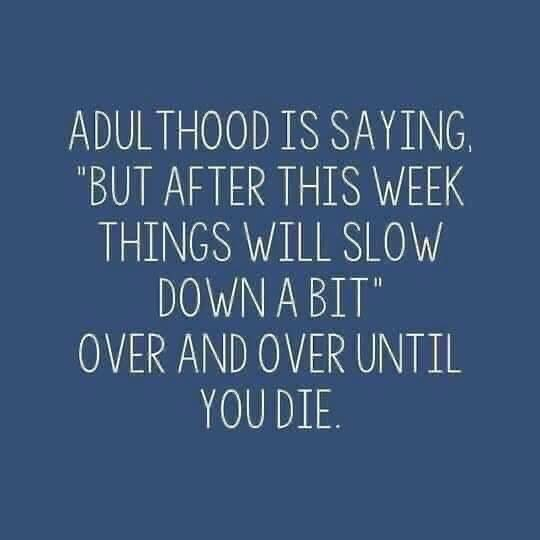

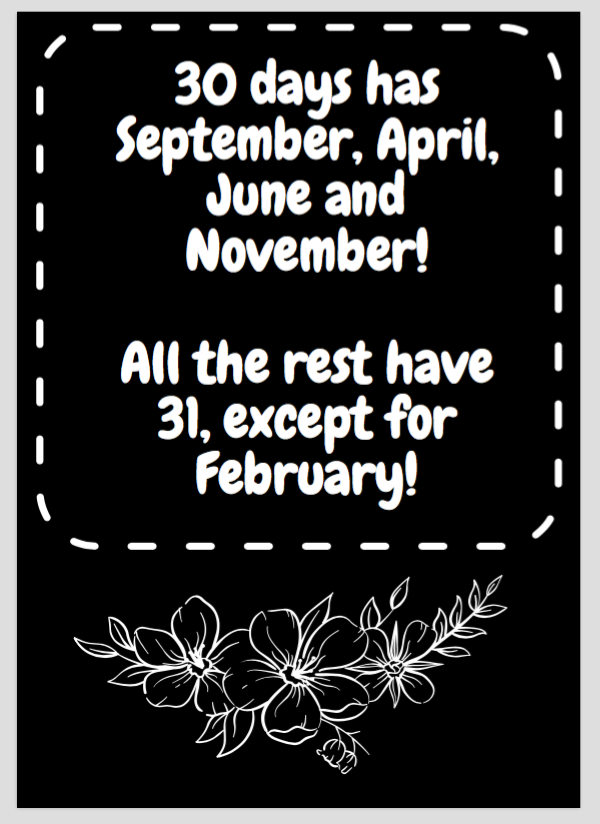

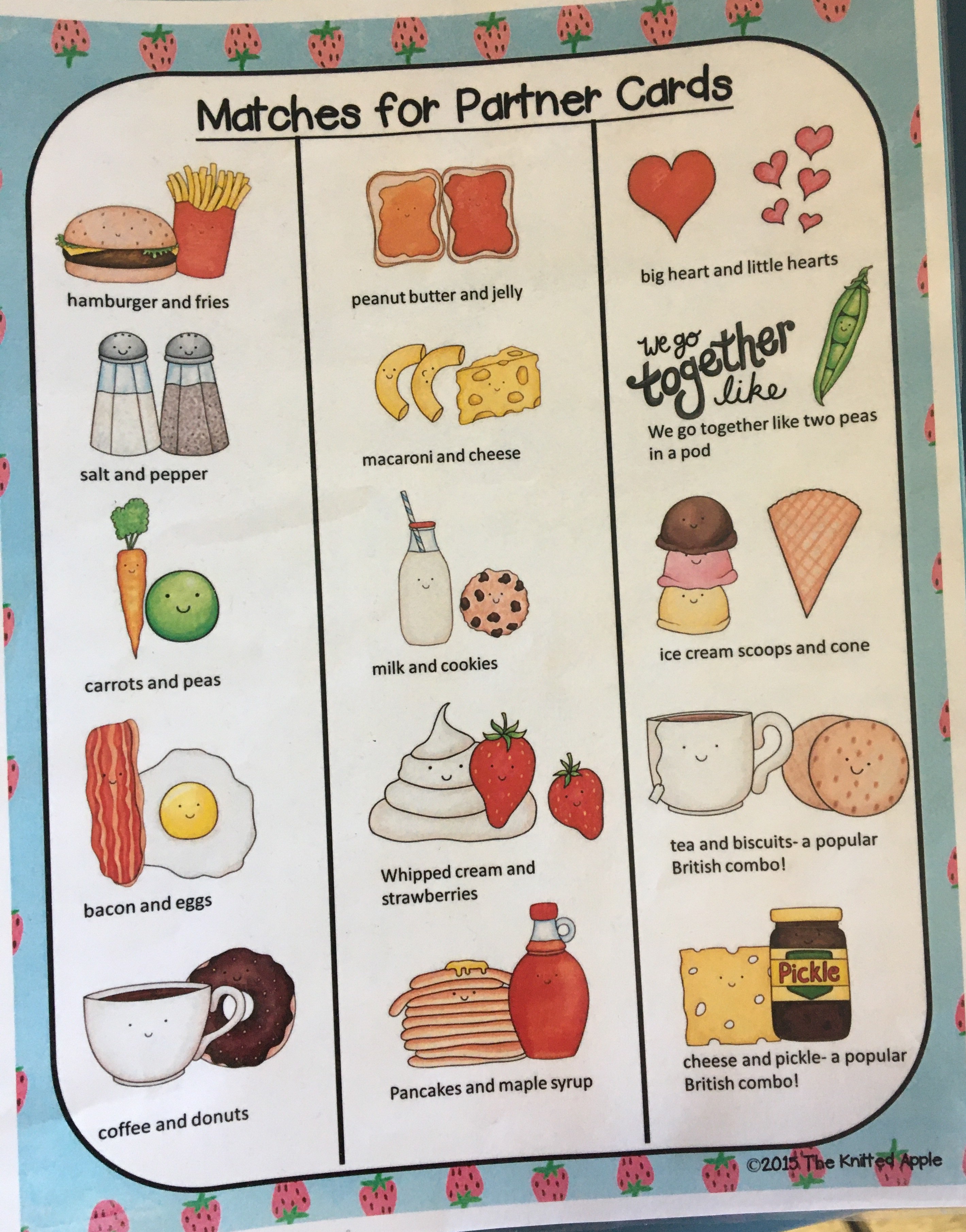




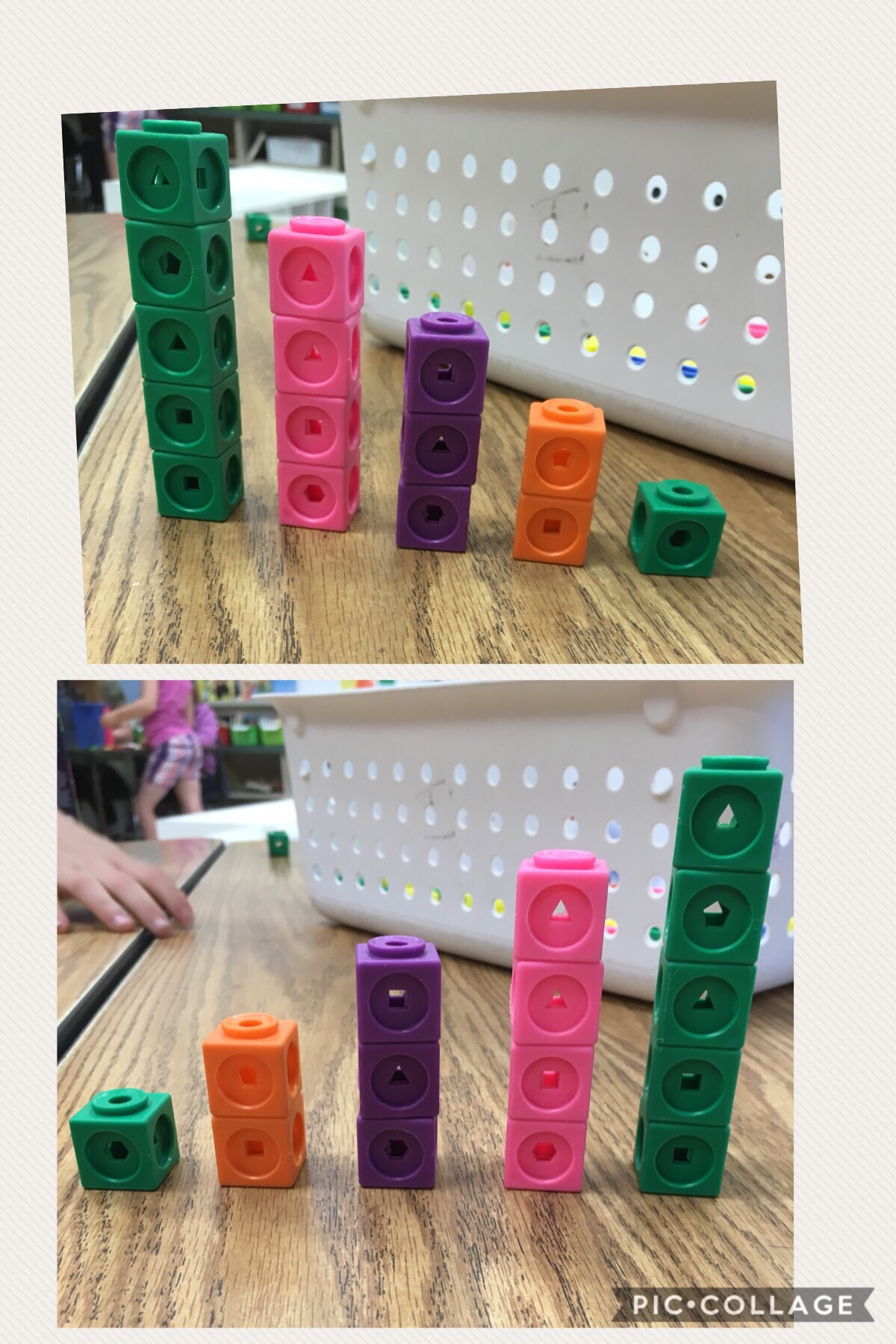
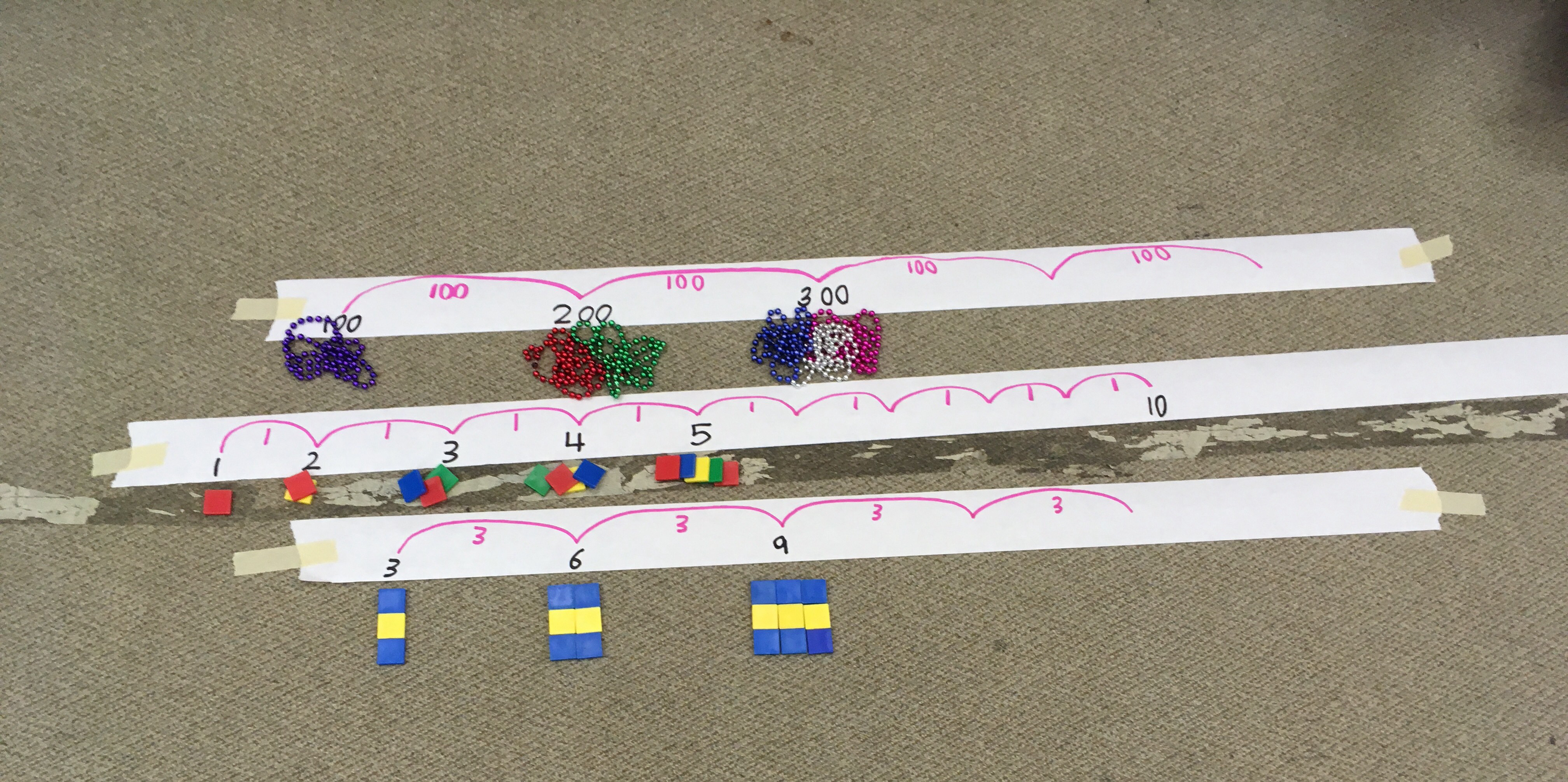






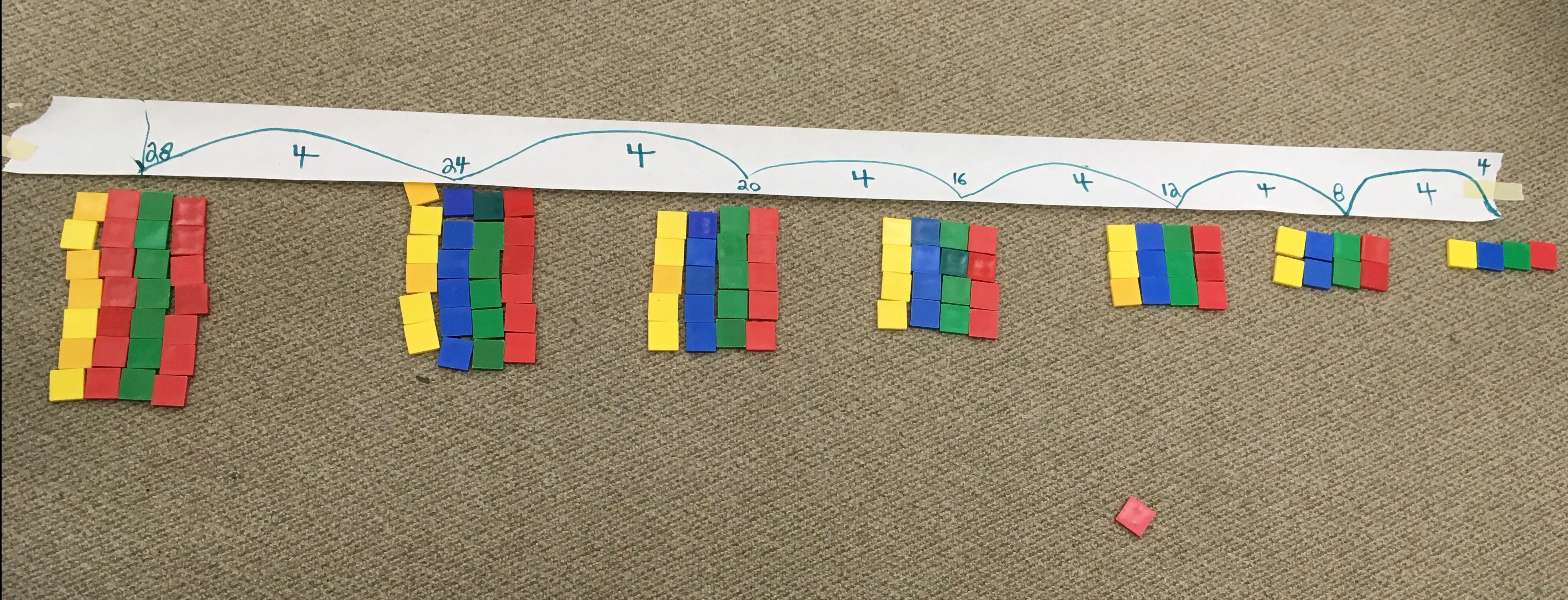

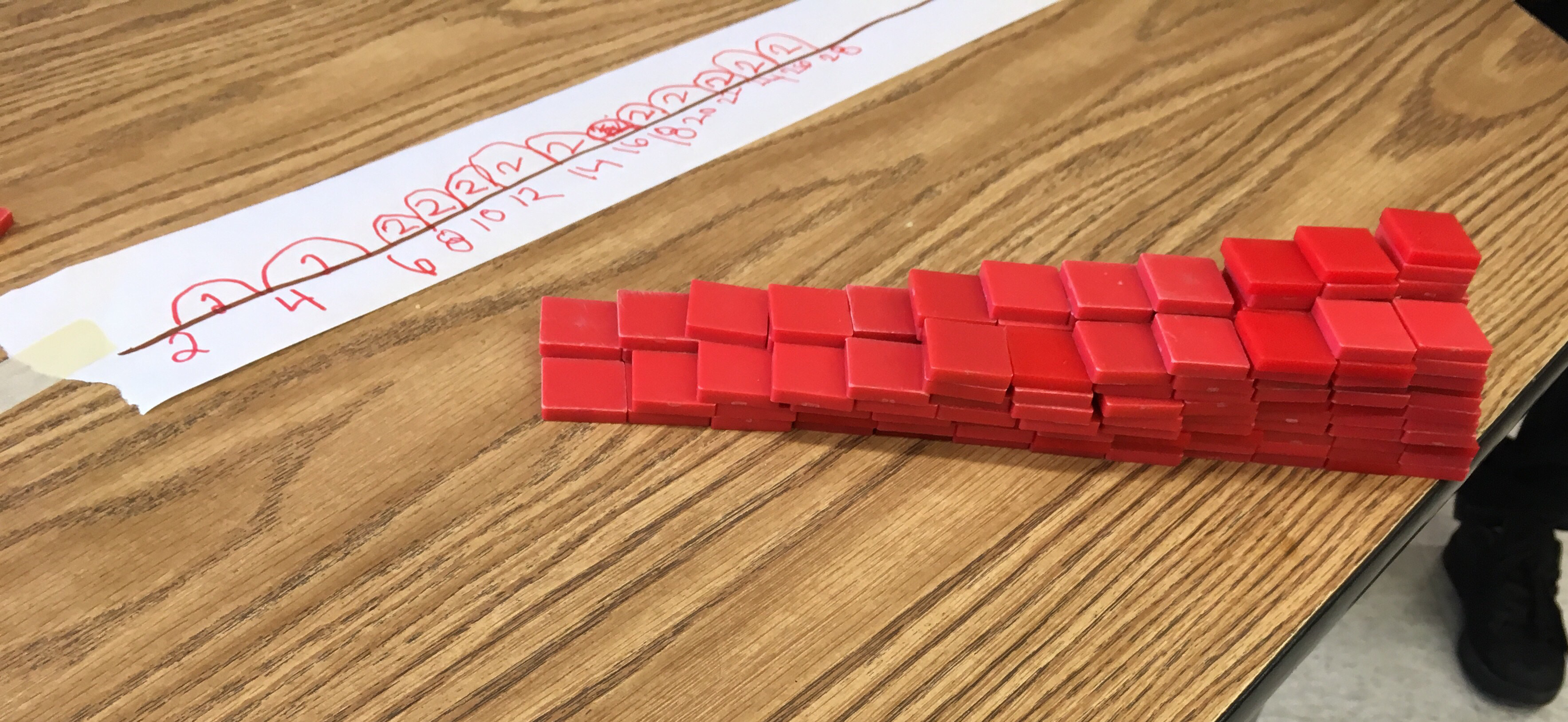
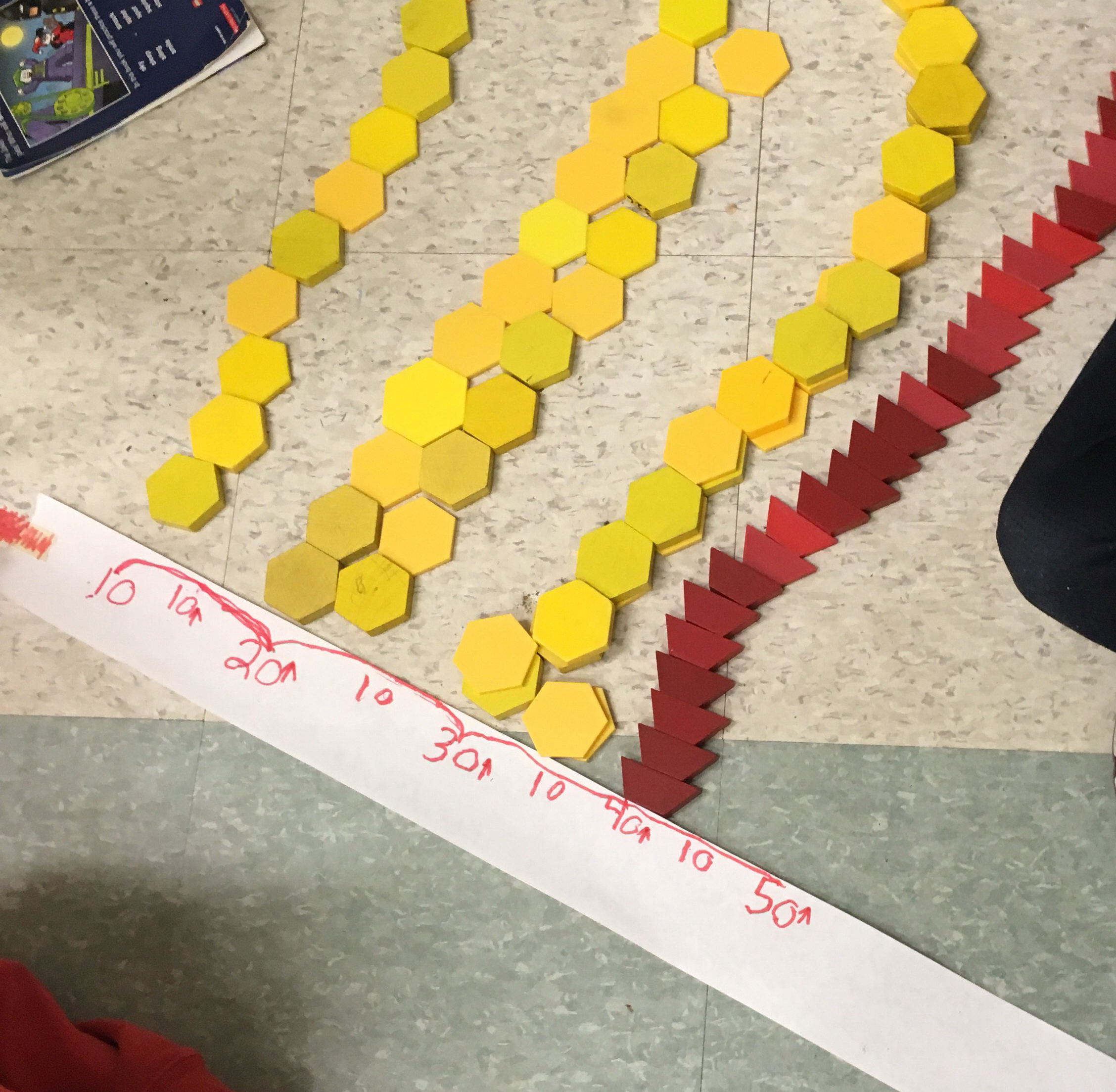
You must be logged in to post a comment.